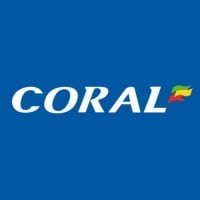BMM Testlabs
815 Pilot Road, Suite G,, Las Vegas, Nevada, 89119, US
Last Update: 2025-11-26
BMM is the longest established and most experienced private independent gaming certification lab in the world. BMM has provided professional technical and regulatory compliance services to the gaming industry since 1981. BMM has been successfully testing and certifying the full scope of Class III, Class II, VLT, AWP, HHR, online/iGaming, sports betting, social, pari-mutuel, and lottery products for over four decades. BMM authored the first set of independent gaming standards in 1992 and the first set of online gaming standards in 2001. BMM established the BMM Innovation Group (“BIG”) in 2019 to add cutting-edge and protective technology services centered around cybersecurity (BIG Cyber) and virtual training (RG24seven Virtual Training) services for the global gaming industry. BMM employs more than 600 people in 15 global locations and has more than 700 licenses to serve its customers globally in gaming. BMM's world headquarters are in Las Vegas (USA) with offices in Argentina, Australia (Melbourne and Sydney), Brazil, Canada, India, Italy, Macau, Peru, Poland, Romania, Singapore, Slovenia, South Africa, and Spain. For more information on BMM Testlabs, please visit bmm.com.
NAICS: 713
NAICS Definition:
Employees: 651
Subsidiaries: 0







